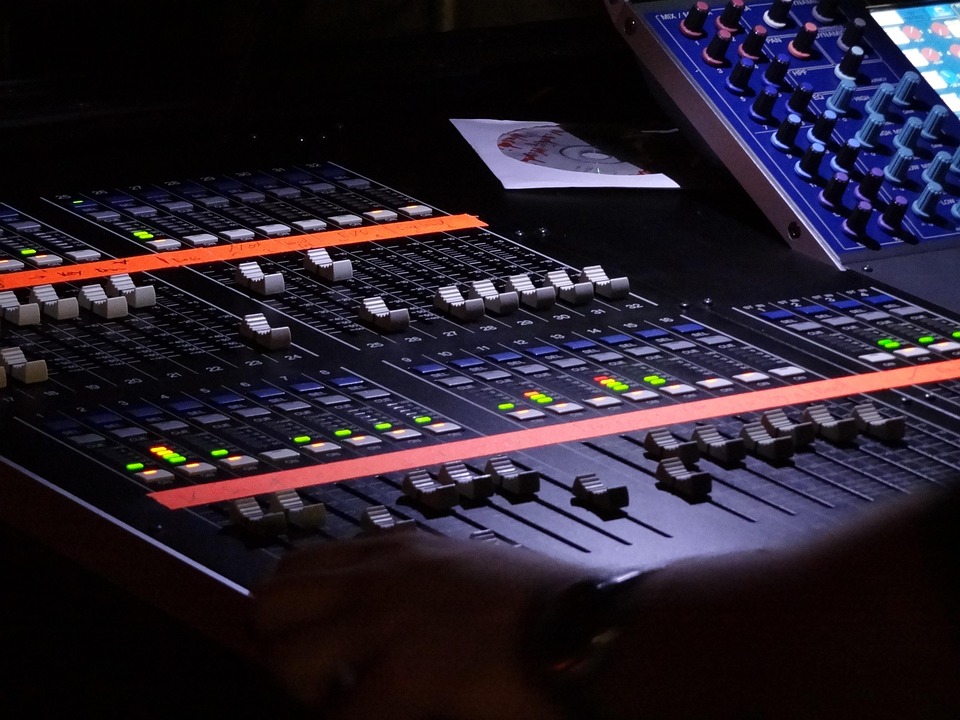Introduction
Changing output settings in BandLab is essential for achieving optimal sound quality in your music projects. Whether you’re mixing tracks, mastering songs, or simply playing back your compositions, the right settings can make a significant difference. In this article, we will guide you through the process of adjusting these settings to enhance your audio experience.
Understanding BandLab’s Output Settings
Before diving into the specifics of adjusting output settings, it’s crucial to understand what these settings entail. Output settings in BandLab refer to the configuration that determines how sound is delivered from your device to your speakers or headphones. This includes aspects like sample rate, bit depth, and the choice of output device.
Getting these settings right is fundamental for ensuring that your music sounds its best. Poorly configured settings can lead to issues like audio distortion, latency problems, and overall lackluster sound quality. Therefore, understanding and customizing these settings is a vital step in music production.
Accessing Output Settings in BandLab
To change your output settings in BandLab, you first need to access the settings menu. This can typically be found in the main interface of the application. Look for a gear icon or a settings tab, which will lead you to various configuration options.
Once you are in the settings menu, navigate to the ‘Audio’ or ‘Output’ section. This is where you will find the options that allow you to change various output parameters. Familiarize yourself with the layout of this section, as it will be your primary area for making adjustments.
Choosing the Right Output Device
One of the first steps in optimizing your output settings is selecting the correct output device. BandLab allows you to choose from various output options, including your computer’s built-in speakers, external monitors, or professional audio interfaces. Selecting the right device is crucial for accurate sound reproduction.
If you’re using headphones or studio monitors, make sure to select them as your output device to ensure a clear and precise listening experience. Using high-quality output devices can significantly enhance the clarity and depth of your music, allowing you to hear all the nuances in your mix.
Adjusting Sample Rate and Bit Depth
Sample rate and bit depth are two essential parameters that significantly affect audio quality. Sample rate refers to the number of samples taken per second when recording audio, while bit depth determines the dynamic range of the sound. In BandLab, you can adjust these settings to optimize your output.
For most music production scenarios, a sample rate of 44.1 kHz and a bit depth of 16-bit is sufficient. However, if you’re working with high-definition audio or need more dynamic range, you might consider increasing the sample rate to 48 kHz or even 96 kHz, and the bit depth to 24-bit. Keep in mind that higher settings will require more processing power from your computer.
Managing Latency Issues
Latency is the delay between when you play a note and when you hear it through your speakers or headphones. High latency can be problematic, especially during recording sessions. In BandLab, you can adjust the buffer size to help manage latency issues.
A smaller buffer size will reduce latency, but it may also put more strain on your computer’s CPU, which can lead to audio dropouts. Conversely, increasing the buffer size can help eliminate dropouts but may introduce noticeable latency. Experiment with different settings to find a balance that works for your specific setup and needs.
Utilizing Effects and Plugins
BandLab offers a variety of built-in effects and plugins that can enhance your sound. When adjusting output settings, consider how these effects will impact the overall mix. Some effects may require specific output settings to function optimally.
For instance, if you’re using a reverb plugin, you may want to ensure that your output settings allow for a clear representation of the effect. It’s essential to listen carefully and adjust your output settings as needed when applying various effects to ensure that they blend well with the rest of your mix.
Equalization and Sound Enhancement
Equalization (EQ) is a powerful tool for shaping the sound of your music. BandLab provides EQ options that can be adjusted in the output settings. Using EQ effectively can help enhance certain frequencies while reducing others, allowing your mix to shine.
When adjusting EQ settings in conjunction with your output settings, it’s important to reference high-quality monitors or headphones. This will help you make informed decisions about which frequencies to boost or cut, leading to a more polished final product.
Saving Your Output Settings
Once you have dialed in the ideal output settings for your music production needs, it’s a good idea to save these settings. BandLab typically allows you to save your configurations as a preset, making it easy to revert back to your optimal settings in future projects.
Saving your output settings not only streamlines your workflow but also ensures consistency across different sessions. This is particularly useful when working on multiple projects, as it allows you to maintain the same sound quality regardless of the material you’re producing.
Testing Your Settings
After making adjustments to your output settings, it’s crucial to test them before finalizing your project. Play back your tracks and listen for any issues such as distortion, clipping, or unexpected changes in volume. Make sure to test your output with different types of music to ensure versatility.
Take the time to make small adjustments and hear how they affect the overall sound. This iterative process can significantly enhance your music and is an essential part of the production workflow in BandLab.
Conclusion
Optimizing your output settings in BandLab is a key step in achieving the best possible sound for your music projects. By carefully selecting output devices, adjusting sample rates and bit depths, managing latency, and utilizing effects, you can ensure that your music is mixed and mastered to perfection.
Regularly revisiting your output settings will help you stay on top of changes in your workflow or equipment. Whether you’re a beginner or an experienced producer, understanding and applying these principles will greatly enhance your audio production experience. With practice, you’ll be able to create high-quality music that truly reflects your artistic vision.
FAQs
1. Can I change output settings while playing back audio?
Yes, you can adjust output settings while audio is playing. However, it’s advisable to make significant changes when the audio is paused to avoid any potential disruptions or audio glitches.
2. How do I know if my output settings are optimal?
Play back several tracks that you are familiar with and listen for clarity and balance. If you notice any distortion or imbalances, it may be time to revisit your output settings.
3. Does changing output settings affect recording quality?
Changing output settings primarily affects playback. However, using appropriate sample rates and bit depths can indirectly influence recording quality by ensuring your recordings are captured accurately.
4. What are the best output settings for beginners?
For beginners, a sample rate of 44.1 kHz and a bit depth of 16-bit is recommended. This setting provides a good balance between quality and performance without overwhelming your system.
5. Can I use external monitors with BandLab?
Yes, you can use external monitors with BandLab. Just ensure they are selected as your output device in the settings for optimal sound reproduction.

